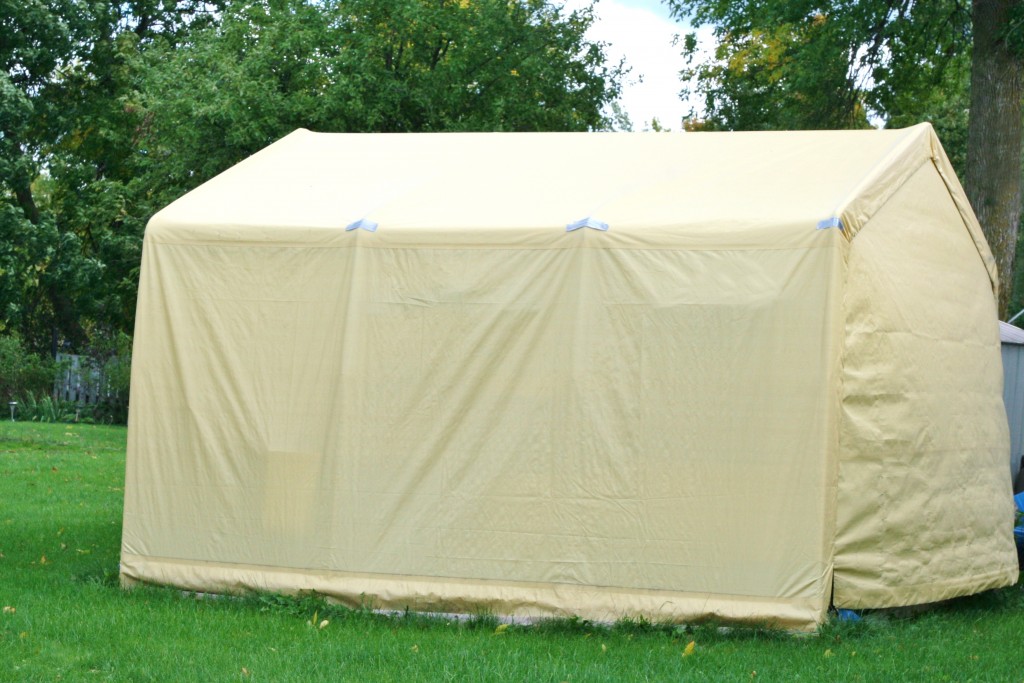
The modern life that you are privileged to live obviously comes with a cost. Such costs include wastewater which comes from nearly everywhere; your hot shower back at home, from industries and even runoff from the roads after the rainfall. So you need an affordable, eco – friendly and efficient method to treat this water lest you get yourself in inconvenient situations. If your septic tank in NZ is full and it spills water around the place, the odour will make your stay at home very uncomfortable. You are also at risk of contracting bacterial infections.
There is a number of natural ways to treat wastewater to help you take care of this problem.
Primary Treatment
Wastewater contains a buffet of impurities, both organic and inorganic. The solid waste is occasionally the first to be eliminated during the treatment process. The goal of this process is to filter off the solid waste in the water. The water is first sedimented, and after the waste has settled down, the water is then moved to the next tank where the particles that weren’t captured are filtered off at this stage.
Since this water does not have any solid waste at this stage, it can be used on sewage farms as manure. There are minimal chemicals used in this phase, and the whole process is fully natural. The wastewater is not fit for you to either consume or use because there might be soluble pollutants in the water. The water, therefore, has to undergo further treatment for it to be safe.
Aeration Process

It involves introducing microorganisms to the water. These microorganisms break down the waste in the water and can later be removed from the pure water. Wastewater is overly rich in nutrients, and these microorganisms help in breaking down those nutrients as they cause imbalances in the ecosystem through the formation of ‘dead zones’ in major water bodies such as the Gulf of Mexico. This is so because algal blooms grow out of control and other organisms that need oxygen to survive are deprived of the same. These microorganisms also need oxygen to survive; oxygen is therefore added in the treatment tanks to keep the microorganisms alive though it is done into just the required level to avoid resource wasting.
Legal Expectation
The government regulates the quality of water that can be discharged to rivers, lakes, etc. The Surface Water Treatment Rule (SWTR) for instance requires that the techniques that are used to filter water at primary through to secondary levels be protective against adverse health effects to humans. The ministry of health in New Zealand appreciates the fact that humans generate waste, but this waste has to be treated in a way that protects the ecosystem processes and services. The authorities make sure that you get water that is free of any contaminants be it chemical or biological impurities.
This, in a sense, puts us on toes to ensure that we do what is good for the common citizen. For example, water that is collected from your septic tank for treatment cannot be channelled back to your house in the same state that it was taken, the government has put it as a regulation that water for use should be free from bad taste, smell and colour.
Wastewater can barely be avoided as it is a natural cycle. Your water treatment methods determine whether the water will be discharged back into the ecosystem while still contaminated or not. Therefore, effective and natural treatment of wastewater is vital to both the environment that you live in and yourself. Ecosystem imbalances and an unhealthy population stall the economic growth and prosperity of the affected area. Taking good care of sewerage is, therefore, a significant activity for you as it will keep diseases away and ultimately save you huge hospital bills.




